Artifacts, how you make them
What are wonderful Artifacts and Nik Naks?
Want to know more about Artefacts and Nik Naks and how you can make and collect them? Send us your questions to: wonderful@thewonderhouse.org
Wonderful Artifacts, Knickknacks and Thingsofmagic
This page is a little intro, for anyone who isn’t familiar with the terms artifacts and knickknacks







Before we start telling you how you can make your Artifacts
Some wordings
Other words for artifacts and knickknacks or thingsofmagic according to the English thesaurus are:
- artifacts
- bagatelle
- bauble
- bibelot
- bric-a-brac
- conversation piece
- curio
- curiosity
- device
- decorative piece
- embellishment
- flummery
- frill
- furbelow
- gadget*
- knickknacks
- miniature
- nik-naks
- notion
- novelty
- objet d’art
- ornament
- plaything
- showpiece
- souvenir
- thingamajig
- toy
- trapping
- trifle
- trinket
- whatnot
- whimsy
Indeed, there are many ways to define artifacts, knickknacks and thingsofmagic.
All those synonyms touch upon different aspects these objects reflect.
And what a certain object reflects for us may differ from what that object reflects for you or others.
Such reflection on objects can indeed be and become very personal.
It’s where our reflections overlap that it becomes interesting what a certain item or trinket beholds for our very eyes.
It may be beauty, curiosity or just plain value; money-wise or emotional.
Objects in that sense speak their very own language.
Our mouths tell their stories, our hands give them a special place in our homes.
How humans use tools and utensils that become knickknacks and artifacts
How you can use. tools to make your knickknacks, thingsofmagic, artifacts.
Use of tools and utensils
In any way, we humans say we differ from other species in the animal kingdom by the use of tools and utensils. How we have become able to develop those tools and utensils through history. How we innovated new uses for old ones. But also, how over time we lost the knowledge of old tools and utensils and started using them in complete new ways, with different or new purpose. Inside that wide range there is a whole scala of grades on which the development and the use of objects, such as tools and utensils differs over time.
Other examples of artifacts and knickknacks and how you can make them
Next to tools and utensils, there are loads and loads of objects or items, which cannot be characterized as specific tools or utensils and are mainly just kept for their beauty. Or we may keep them as a remembrance. Jewelry is a good example of such objects. But an old chair can just as well garner such value of beauty, remembrance or the distinguished value of the hands who made these objects.
It is up to you, what you designate as an artifact, or how you a something some thing into in artifact or trinket.

Personal art collections
Then these objects become representations of our personal ‘art-collections.’ Moreover, it could again be the old hammer of your granddad, or the Singer sowing machine of your grandmother becomes a side table in your living room.
Nevertheless, there are many more examples to give. As there are many objects we tend to use in such a way. It might be an old glass battery container which now is used as a vase.
Or, what about an old bust lamp from a foundation store or department; you may have found it at a garage sale or a thrift, you too may now use it, either just for its light, or to put your necklaces on.
Utensils and tools as an example
When we talk artifacts and knickknacks, tools and utensils maybe are the easiest categories to define artifacts and knickknacks along. All because we use these objects. Until, of course, we don’t use these items any longer but put them in our homes or gardens as decorations.

Art, artful, useful, beautiful, different ways to distinguish a value for an object
Art, of course, is a word of impact to use in such a comparison. However, in our humble opinion this reflects what art is about.
Art can be the painting or the sculpture which a family once acquired. However, art is much more than just the excellent touch of an artists bristle or palette knife. It touches our imagination further than just the chisel of the sculptor.
An artful expression is just as well what we see in an object, and how you let an object play a role in your everyday life.
And, yes, the discussion of financial value is indeed a different one. For this explanation the intrinsic value of objects is much more important, as it is significant in how your eyes decide what you like, what you love and what you cherish.
As in a similar way your opinion of a certain object may change over time. In same way as our opinions change over time concerning artists and their work.




Change of value over time
They may still be cherished by the experts, but the way in which museums have stockpiled pieces of art in their archives is an expression of change of opinion.
A good example of a once almost forgotten painter is Vincent van Gogh.
Two decades before his Sunflowers were sold for an astronomical sum, his museum was built in Amsterdam. The budget allocated to both the building and the broadening of its collection were at the least considered exuberant, by the public.
On the topic of Vincent I remember a discussion within my family in which my family members shared the aforementioned public view on van Gogh.
When, today, I would be able to remind my uncles and aunts of their opinion, I am certain they would just say they always appreciated Vincent’s art.


What defines financial value is very different from personal value
Hence, the van Gogh example may seem a bit off the cuff. However, when we see how many old things retain even their financial value, along the personal.
Consequently, it is all the more obvious that value of a certain something cannot only be projected into hard cash.
All those years before the famous Sunflowers were sold the works of the painter in question were undervalued to today’s standards.
And who knows what will happen in the future, when less people become interested in paintings that can only be seen in private collections, their financial value might stagger again.
Valuation as a snapshot
The van Gogh example is to show how valuation is indeed like a snapshot. Yesterday it may have been very little. Tomorrow it can all be different.
Alternatively, what today seems to be of value, could we worth a lot less tomorrow.
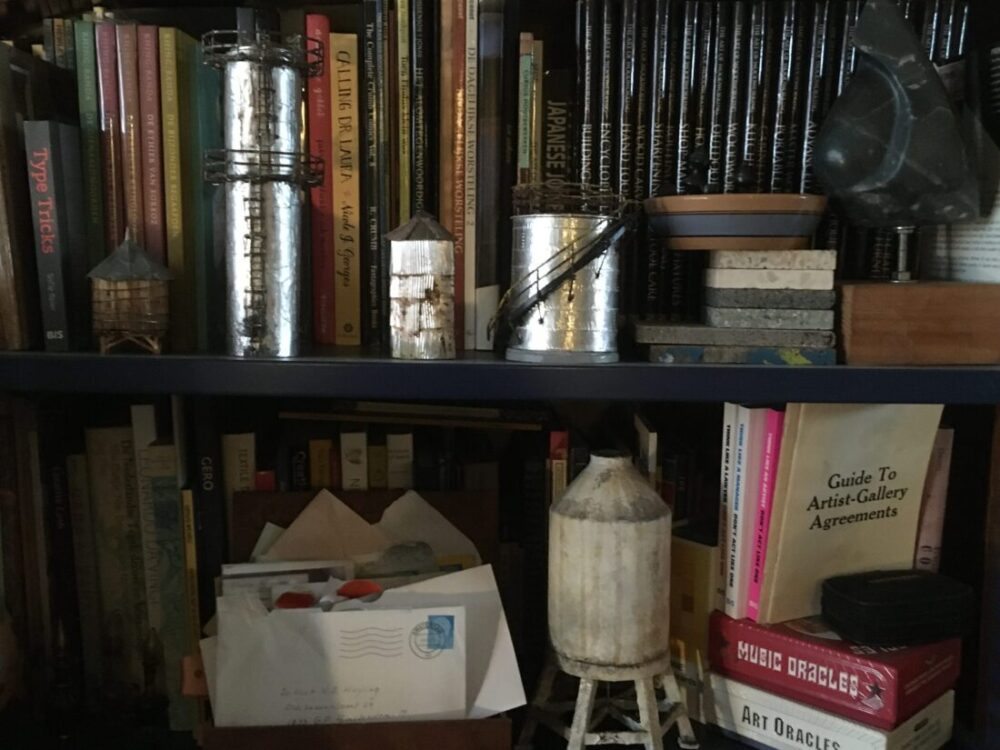
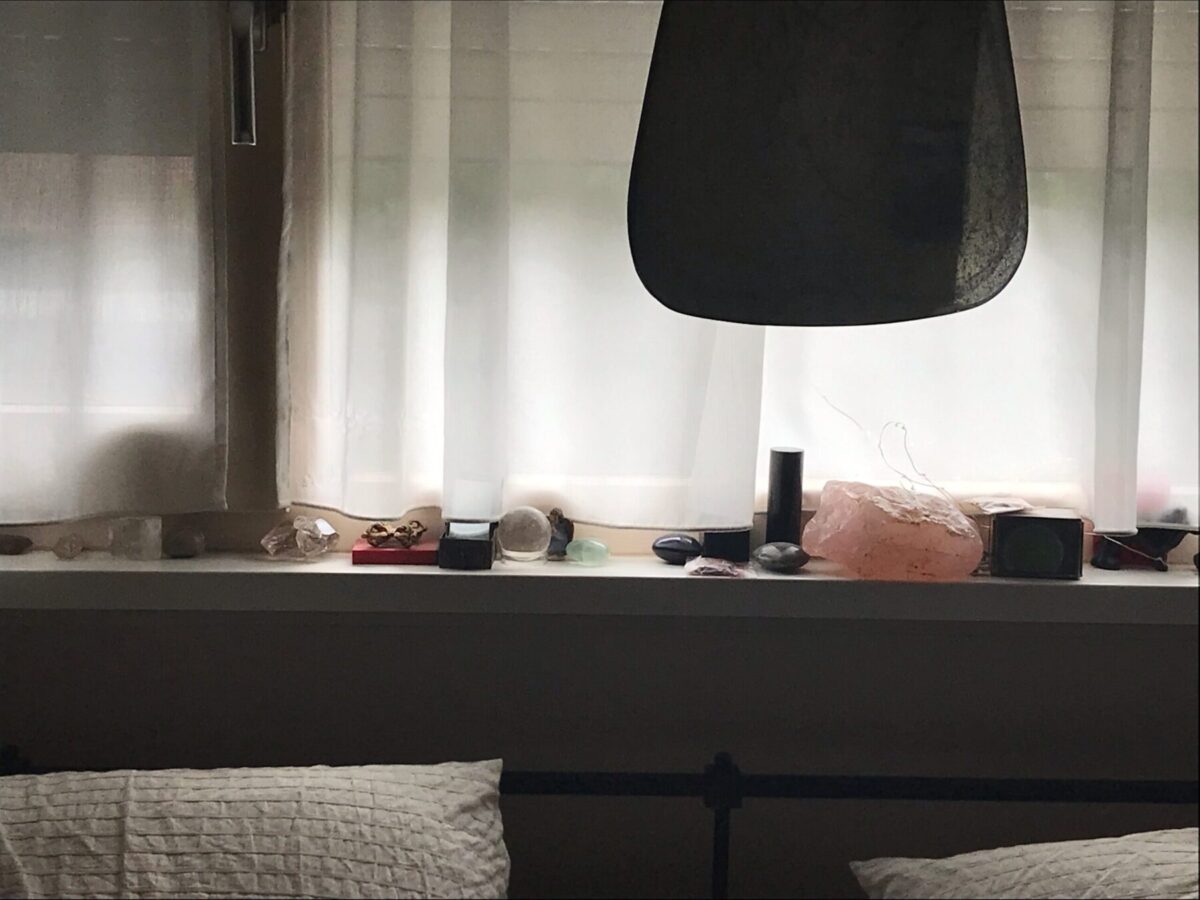
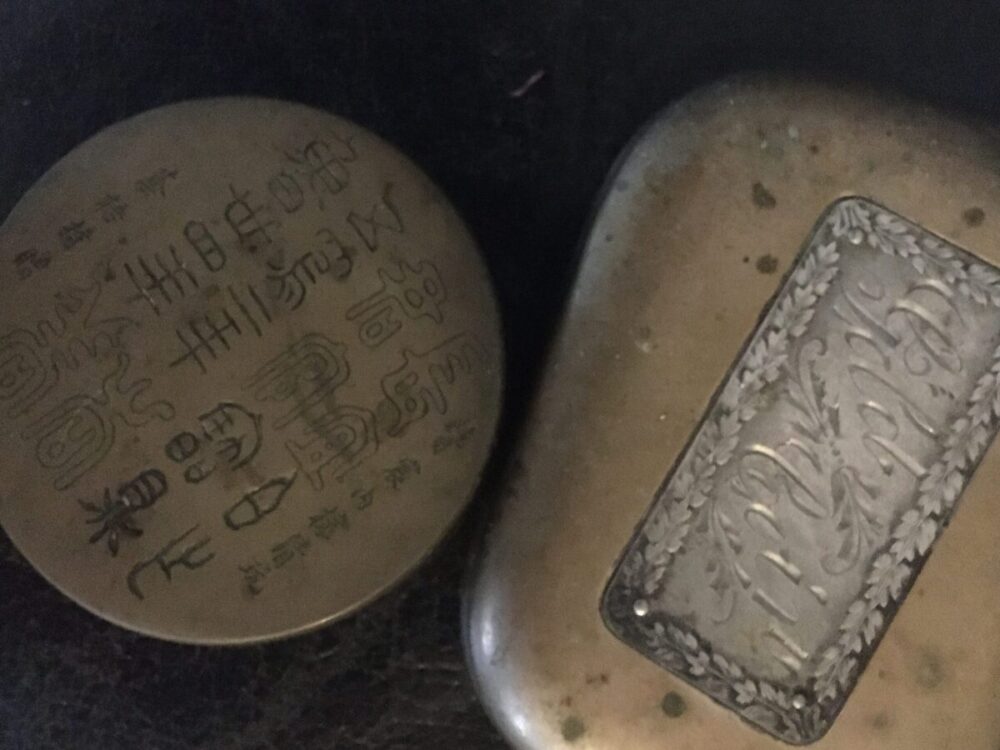




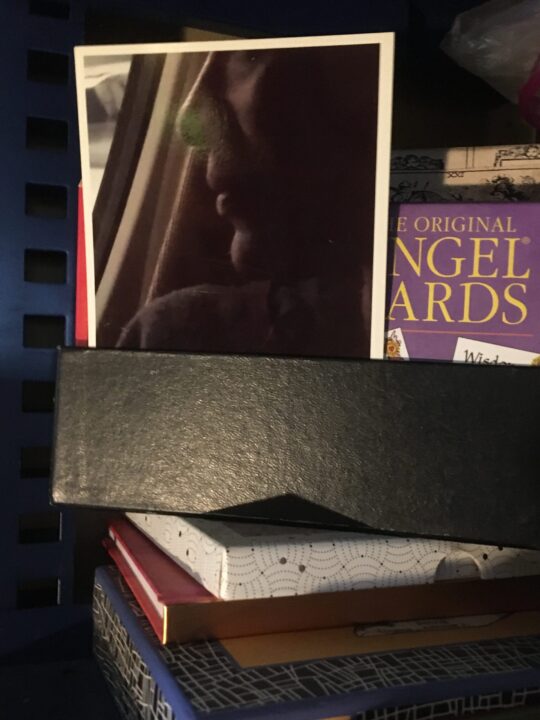
Where to determine value to an object
On the other hand, what our own eyes, heart and hands determine as valuable is something different.
What we consider of value can stroll along with us for all of our lives. Whatever that value determines.
In fact it is you who determines that value, as soon as you pick up the drill and bore a hole in the wall to expose the beautiful object you want to look at.
It may be the first ever drawing of one of your children, or your own drawing, for that matter. We all do.



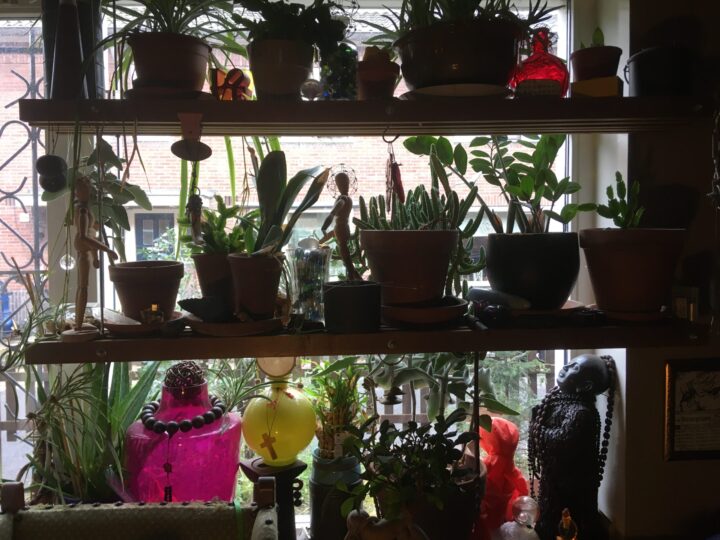
Where our houses become our little museums
How your house becomes a little museum
We all make objects into artifacts and knickknacks, we all are indeed artists and curators in our own little museums. That’s the imperative for you to take the step to making your own artifacts.
It is indeed what sets us aside, unless, of course you only decorate to impress others. But why would you do that? Unless you have an audience at your house everyday.
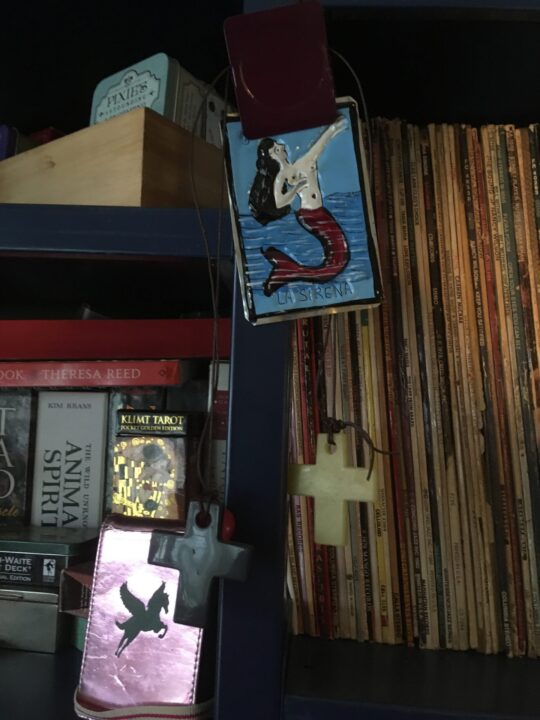
WONDERHOUSE artifacts, knickknacks and thingsofmagic
That’s for the WONDERHOUSE what we find important about artifacts and knickknacks, and in such a way our objects become items of inspiration for ourselves, and hopefully for others.


Collected beauty
Over the years we have collected different items in abundance. Whether it is an old tool, a chest, a piece of furniture, even a special kind of garment.
Trinkets we make
It also are the things we make. Beyond jewelry and art, there are lots of things which may beautify our lives. It might just be that we have trinket you were looking for. Whether old or new. Whether original or repurposed. Or, we can especially manufacture one for you.

